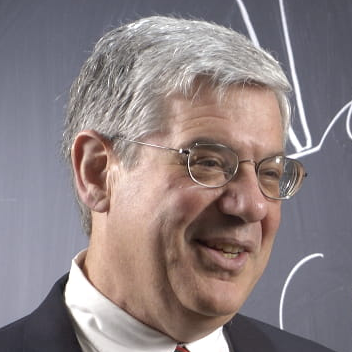Preprint
Article
Maxwell Equations for Material Systems, Version 1
Altmetrics
Downloads
800
Views
393
Comments
0
This version is not peer-reviewed
Submitted:
03 November 2020
Posted:
04 November 2020
Read the latest preprint version here
Alerts
Abstract
The Maxwell equations of electrodynamics describe electrical and magnetic forces with great accuracy in the vacuum of space. But the equations of electrodynamics applied to material systems are usually written in a way that obscures their accuracy. The usual formulation of the Maxwell equations includes a dielectric constant as a single real number that grossly over-approximates the actual properties of matter, particularly liquid matter so important in applications of electrodynamics to biology and chemistry. We rewrite two Maxwell equations here to make clear the precision of the Maxwell equations in the presence or absence of matter. We discuss and derive two well known corollaries that are as universal and precise as the Maxwell equations themselves: (1) a continuity equation that relates charge and flux and (2) a conservation equation in which total current never accumulates at all. The total current is the right hand side of the Ampere-Maxwell law. Total current is perfectly incompressible. It is conserved exactly, everywhere and at every time, independent of the microphysics of charge conduction. The total current combines the flux of charges and the ethereal current. The ethereal current \varepsilon_{o\ }\sfrac{\partial\mathbf{E}}{\partial t}\ exists everywhere, including the interior of atoms, because it is a property of space, not matter. The ethereal current exists, and thus flows, in a vacuum devoid of mass. The ethereal current is a consequence of the relativistic (Lorentz) invariance of charge. Charge does not change even if it moves at speeds approaching the velocity of light. Total current has properties quite distinct from flux of mass because of the ethereal current. Most strikingly, in the one dimensional unbranched systems of electronic circuits and biological ion channels, the total current is independent of location, even if the flux of charges varies a great deal. Indeed, the Maxwell equations—and thus conservation of total current—act as a perfect low pass spatial filter, converting the infinite variation of (the Brownian model of) thermal motion of charges to the zero variation of the total current.
Keywords:
Subject: Physical Sciences - Acoustics
Copyright: This open access article is published under a Creative Commons CC BY 4.0 license, which permit the free download, distribution, and reuse, provided that the author and preprint are cited in any reuse.
MDPI Initiatives
Important Links
© 2024 MDPI (Basel, Switzerland) unless otherwise stated





